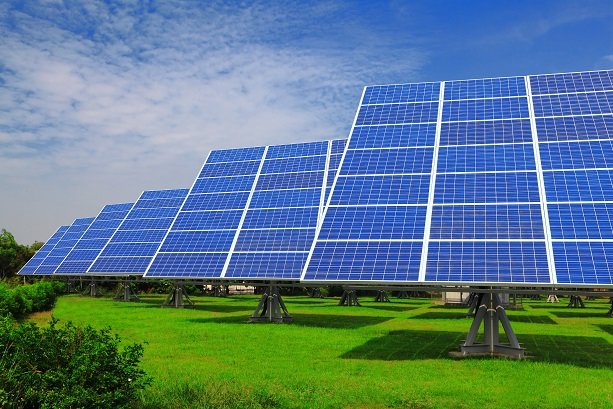Solar cells made of organic materials are very attractive these days, however, the low efficiency of the cells is the main problem for their application.
According to Iran Nanotechnology Initiative Council (INIC), a group of Iranian researchers produced nanostructures in form of bar and they studied their performance in the structure of dye-sensitized solar cells. The nanostructures were produced through cost-effective methods, and they significantly increased the efficiency of solar cells.
According to the researchers, although many studies have been carried out to increase the efficiency of organic solar cells, the economic production of the cells is not possible in many cases due to the need for methods that require vacuum treatment. However, bar-type nanostructures have been synthesized in this research through sol-gel method that is cost-effective and can be carried out at low temperature.
In this research, core-shell structures made of zinc oxide and titanium oxide were grown on indium tin oxide beds in form of nanobars.
The results showed that the produced nanostructures have high transparency in the range of visible light while they have lower electrical resistance in comparison with common samples. Taking into account the application of the produced coatings as transparent conductive electrode in photo-voltaic solar cells, the high transparency of the produced nanostructures enables the adsorption of larger wavelengths in the range of visible light. It is very important in increasing the efficiency of solar cells. In addition, the low electrical resistance of the produced samples decreases the waste of electrical energy in solar cells.
Results of the research have been published in Bulletin of Materials Science, vol. 38, issue 3, 2015, pp. 617-623.
MS/PR






















Your Comment